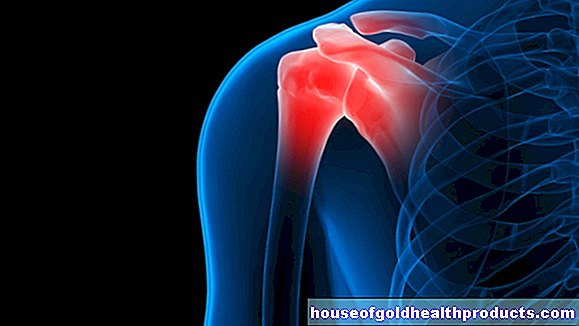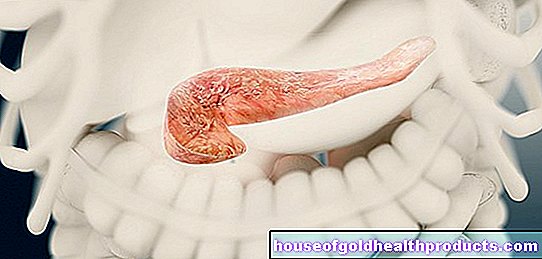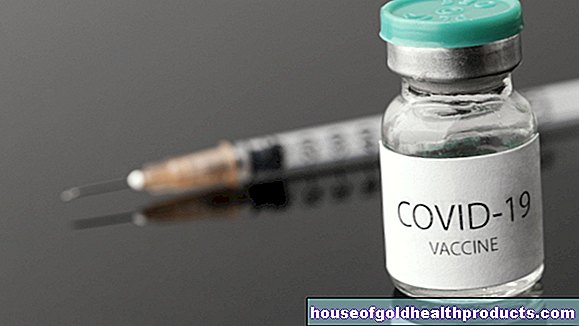Theophylline
All content is checked by medical journalists.The active ingredient theophylline is one of the most important drugs for treating respiratory diseases that are associated with shortness of breath, such as asthma. It was discovered back in 1888 and is now included in numerous medicines. Theophylline is generally considered to be well tolerated, but must be dosed very carefully. Children and pregnant women may only take drugs containing theophylline after consulting a doctor. Here you can read everything you need to know about theophylline.
This is how theophylline works
Asthma is a chronic, inflammatory disease of the airways that can lead to attacks of breathlessness. During an attack, thick mucus builds up in the airways and these cramp up, making breathing difficult.
Most of the time, the attack is triggered by an allergic reaction (allergic asthma). Due to a genetic predisposition, patients are particularly sensitive to certain triggers (allergens). Upon contact, the body's own defense system (immune system) overreacts and the lungs become “cramped”.
There is also a form of asthma for which no triggers can be defined (for example, cold air, pregnancy, stress or certain medications). The symptoms here are also shortness of breath and coughing.
Both cases are based on an inflammatory disease process, which is why the treatment can be carried out in the same way.
Theophylline has a bronchodilator effect and inhibits the release of messenger substances that are necessary for an inflammatory reaction. The active ingredient can therefore be used to prevent and treat shortness of breath.
Theophylline is absorbed, broken down and excreted
After ingestion through the mouth (orally), the active ingredient is practically completely absorbed from the intestine into the blood. The breakdown takes place in the liver, whereupon the breakdown products are mainly excreted via the kidneys.
When is theophylline used?
The fields of application (indications) of theophylline include:
- Asthma attack prevention (moderate and nocturnal asthma)
- Chronic obstructive pulmonary disease (COPD)
- Pulmonary emphysema (pulmonary hyperinflation: a disease of the lungs in which oxygen absorption is reduced)
This is how theophylline is used
The active ingredient theophylline has a very narrow "therapeutic range". This means that with regard to dosage, there is only a very fine line between ineffectiveness and overdose, in which the correct dosage for optimal effect is. For this reason, the active ingredient is usually prescribed in the form of drugs that continuously release the active ingredient (so-called "retarded" tablets or capsules). This ensures that there are always constant amounts of the active ingredient in the blood. The daily dose must be determined individually for each patient.
The active ingredient can also be used in acute asthma attacks. In this case, solutions are available that are injected intravenously and can therefore take effect immediately.
Children, adolescents and smokers receive an appropriately adapted dosage.
Ideally, theophylline is combined with other drugs for respiratory distress diseases such as glucocorticoids or β2-sympathomimetics such as salbutamol, salmeterol or fenoterol.
What side effects does theophylline have?
Occasionally, drugs with theophylline cause side effects such as restlessness, headaches, cramps, accelerated pulse, nausea and increased water excretion. These side effects can be prevented by regularly measuring blood levels and adjusting the dose.
What should be considered when taking theophylline?
In patients with liver and kidney dysfunction, the individual dosage must be observed very carefully. Dose adjustments should only be made by experienced professionals.
Contraindications
Medicines containing theophylline must not be used if the person being treated has convulsions (epilepsy), an overactive thyroid (hyperthyroidism) or heart disease.
Interactions
The active ingredient theophylline can interact with some other drugs. When administered at the same time, it increases the effect of the following substances:
- caffeine
Conversely, theophylline can make the following active substances less effective:
- Benzodiazepines (sedatives)
Taking the following drugs will make theophylline less effective:
- Rifampicin (anti-tuberculosis drug)
- St. John's wort (against depressive moods)
The following drugs increase the effects and side effects of theophylline:
- certain antibiotics (such as erythromycin, clarithromycin, fluoroquinolones, and ciprofloxacin)
- Propranolol (medicine for high blood pressure)
- Cimetidine and ranitidine (medicines for stomach problems)
- Acyclovir (anti-herpes medicine)
Driving and using machines
Theophylline may impair your ability to react. Experts therefore recommend patients not actively participating in road traffic or operating heavy machinery.
Age restrictions
Infants under six months of age should only be given drugs containing theophylline after the doctor in charge has carefully weighed the benefits and risks.
pregnancy and breast feeding period
Experience has shown that theophylline can be classified as relatively safe to use during pregnancy. No damage was found in the newborns. The child only had slight symptoms of overdose, such as an accelerated respiratory rate and a slightly increased pulse, but these were reversible.
Medicines containing theophylline may also be taken while breastfeeding.
How to get medicines with theophylline
Medicines containing theophylline require a prescription. You can therefore only get them with a prescription from the doctor in the pharmacy.
How long has theophylline been known?
Theophylline has been known for a relatively long time. The substance was isolated from tea leaves for the first time in 1888, but the chemical structure was not fully understood until 1895. Theophylline belongs to the group of so-called xanthine derivatives, which also includes caffeine. The effects of theophylline and caffeine overlap in some parts: Both substances have a slight diuretic effect. In addition, coffee (caffeine), like theophylline, can relieve asthma symptoms - albeit to a minor extent.
You can find representatives of the xanthines (theophylline, theobromine, caffeine) in coffee beans, black and green tea, cola nuts and guarana.
Tags: eyes drugs pregnancy birth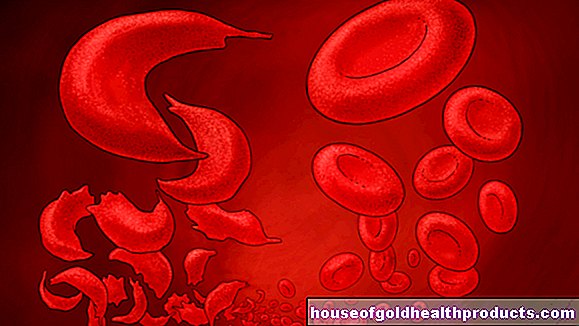


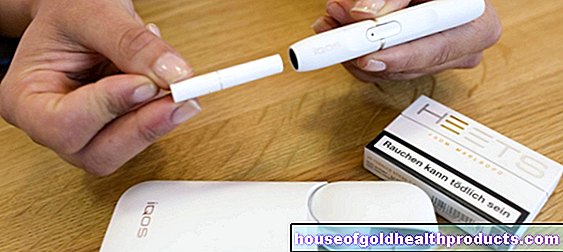




.jpg)
